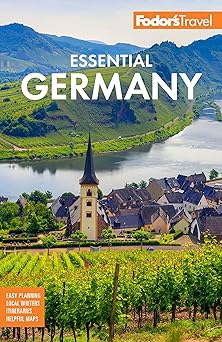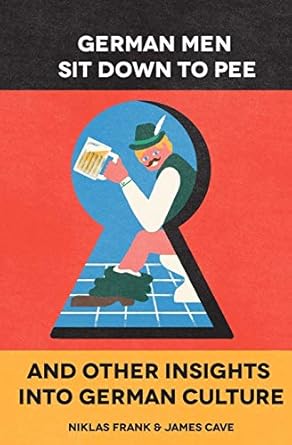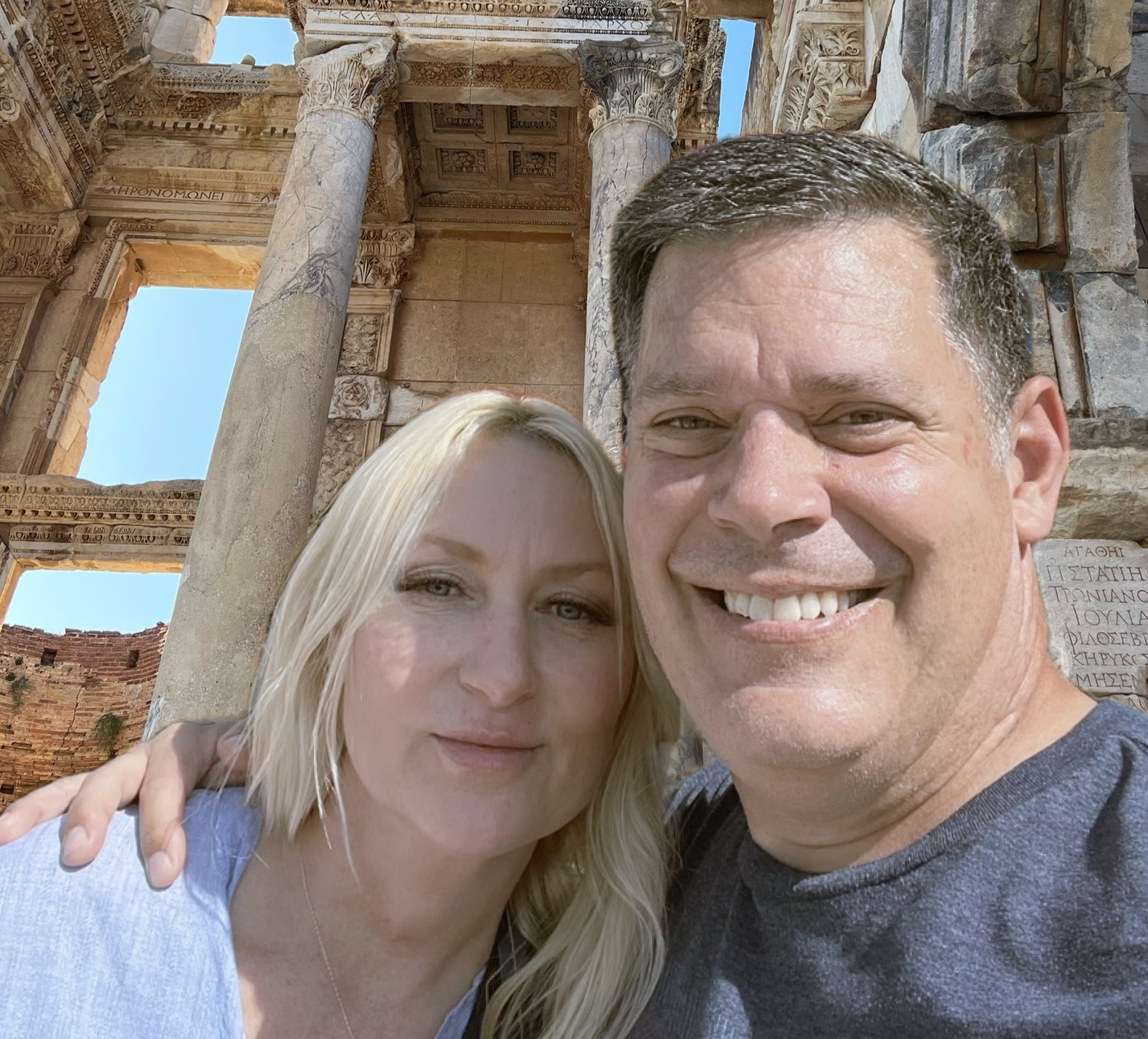
A Hidden Symbol of Division and Unity
Tucked away in the small German town of Mödlareuth lies an unlikely symbol of Cold War history: “Little Berlin.” For decades, this tiny village, with a population of fewer than 50 people, stood divided by a concrete wall—just like Berlin, 200 miles to the north.
After World War II, Mödlareuth found itself split down the middle. One half fell under American control in West Germany, and the other under Soviet rule in East Germany. By 1966, the East German authorities erected a concrete wall, literally dividing neighbors, friends, and even families. What was once a single street in a quiet village became a frontline of ideological conflict.
Nicknamed “Little Berlin” by American soldiers, Mödlareuth became a microcosm of the divided Germany. While Berlin was the world-famous capital of this division, Mödlareuth was its rural reflection.
Today, the wall no longer stands, but a section has been preserved as part of the Mödlareuth Museum, serving as a poignant reminder of the Cold War and the cost of political division. Tourists can walk along the preserved section, see guard towers, and view exhibits documenting life on both sides of the wall.
Mödlareuth is a powerful testament to resilience, unity, and the enduring hope for peace—even in the smallest of places.
As an Amazon Affiliate, I earn from qualifying purchases. Copyright ©2024 WilsonWanders.com




